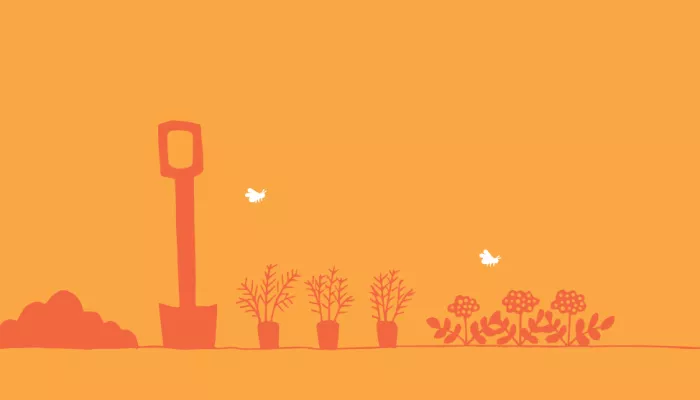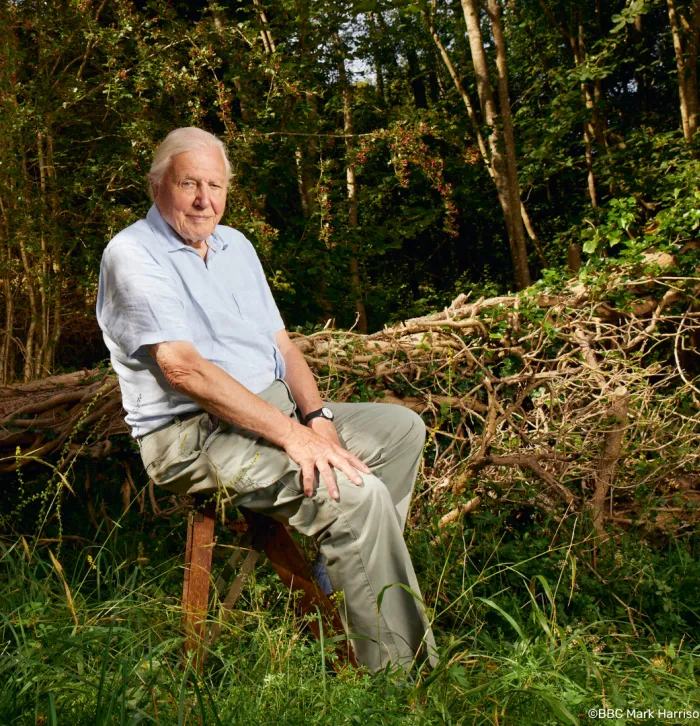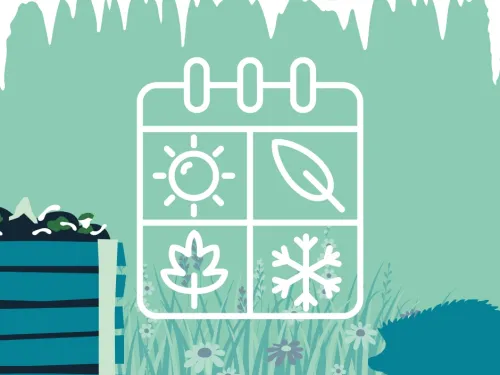
Sustainable food growing
On this page you'll find useful tips on how to grow food in ways that help your community and the biodiversity around it

Learn about companion planting, friendly pest control, organic repellents and how wildlife and growing vegetables can go hand in hand.
One big step towards growing vegetables with wildlife in mind is to stop using chemical pesticides. These upset the natural balance of the environment and tend to kill everything off: 'pests' (which are wildlife too!) and their predators alike. Afterwards, pests may even recover much quicker without their natural predators to keep their numbers in check. So, try to be a bit more pest-tolerant, and allow their natural predators to do the work for you.
If you have already created a wildlife-friendly garden, all those creatures you have made a home for, such as toads, hedgehogs and birds, are your frontline in pest control
Given good soil conditions and no water stress, crops will grow strong and healthy, and will be more resistant to pests and diseases. High-nitrogen fertilisers can encourage sappy, leafy growth that’s more vulnerable to attack, so make sure you have a compost heap to provide plenty of animal-friendly, all-purpose soil improver.
The principle of companion planting is that certain plants either attract insects away from your crops or actually deter them. Marigolds are widely used to counter eelworms and, at the very least, brighten up the look of your vegetable patch!


On this page you'll find useful tips on how to grow food in ways that help your community and the biodiversity around it

In this page you'll find an array of information to how to best help wildlife over the changing seasons each year

On this page you'll find exciting information on getting involved with citizen science project in your own home and community